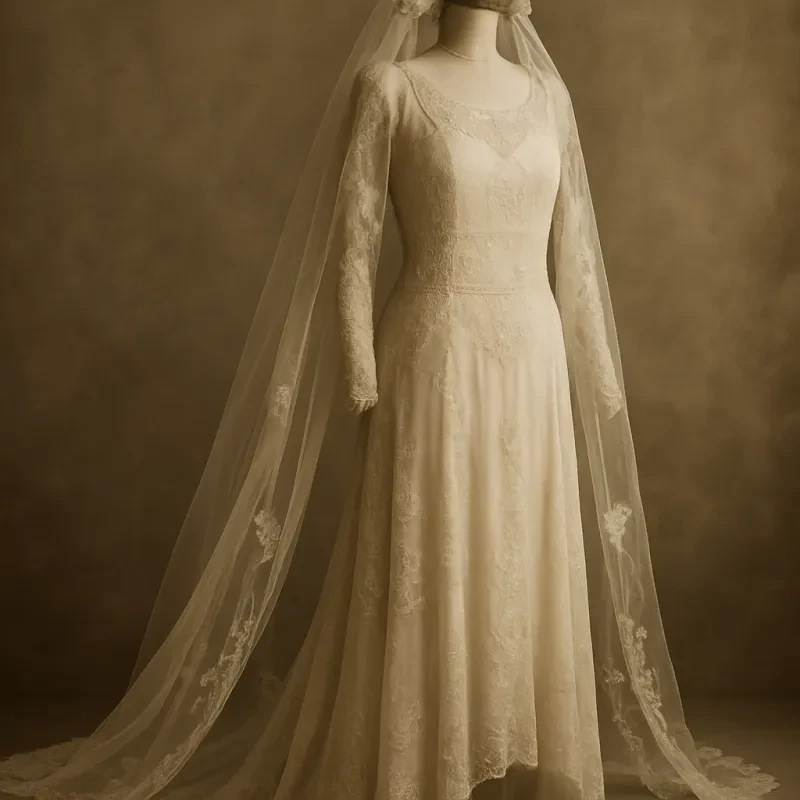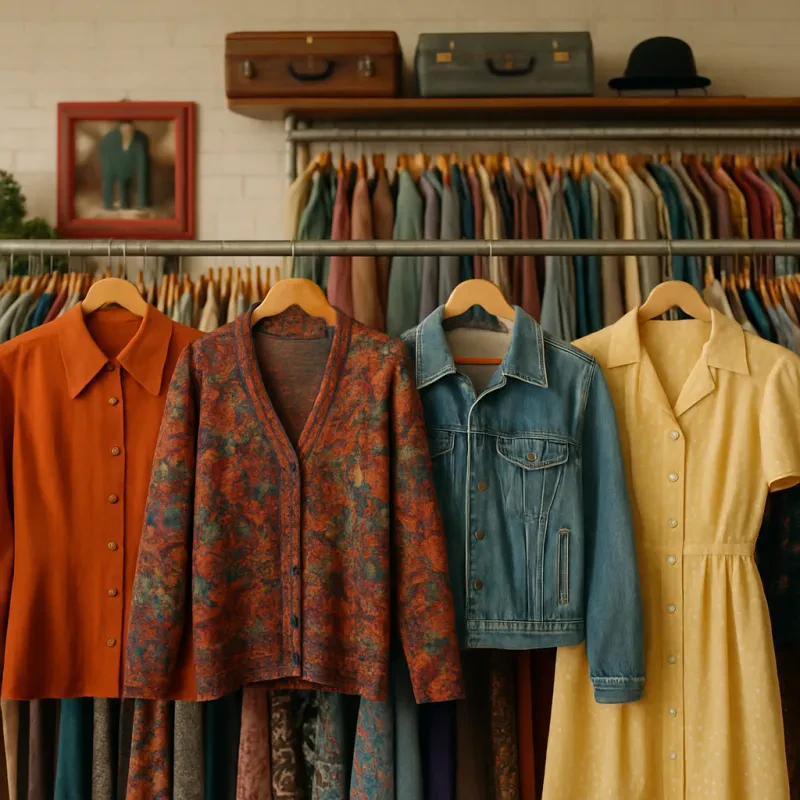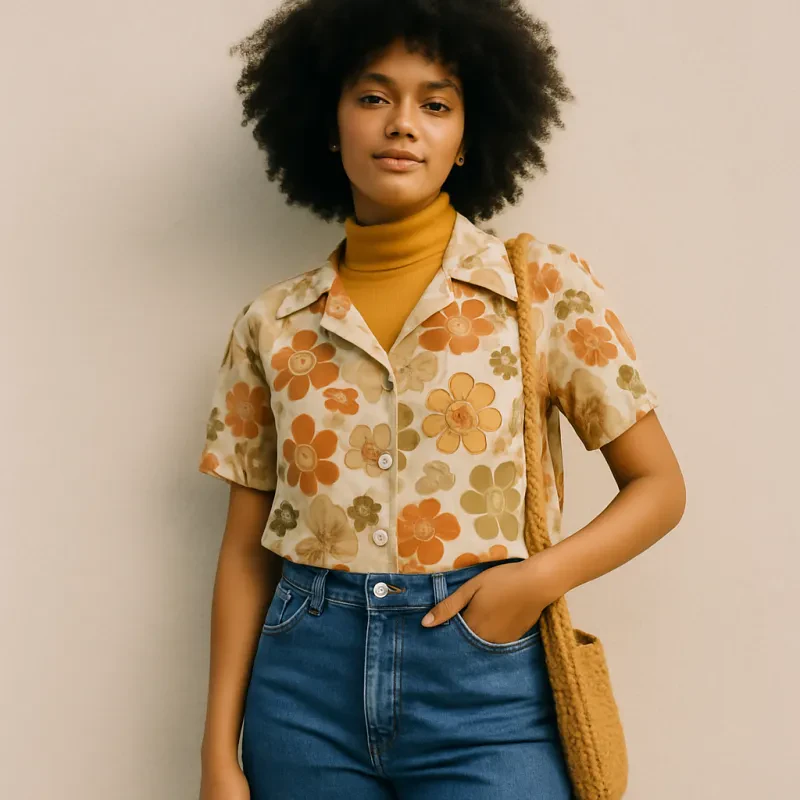The 1920s were a decade of rebellion and change, especially when it came to fashion. The flapper style emerged as a symbol of liberation for women who were breaking away from traditional societal norms. Flappers were known for their bold and daring fashion choices that shocked the conservative tastes of the time. These fashion rebels embraced short skirts, sleeveless dresses, and boyish silhouettes that challenged the idea of femininity.
One iconic garment of the flapper style was the drop-waist dress, which featured a low waistline that accentuated the waist and hips. These dresses were often embellished with embellishments such as fringe, beads, and sequins, adding a touch of glamour to the look. Flappers also opted for cloche hats, which were close-fitting and bell-shaped hats that completed the overall ensemble.
Accessories played a key role in achieving the flapper look. Long beaded necklaces, feathered headbands, and stylish handbags were must-have items for any fashionable flapper. Makeup also became more prominent during this time, with flappers sporting bold lipstick and smoky eye looks. The flapper style embodied the spirit of the Roaring Twenties, where women asserted their independence and pushed the boundaries of fashion.
1950s Dior New Look: Elegance and Sophistication
The 1950s Dior New Look revolutionized fashion with its emphasis on elegance and sophistication. Created by French designer Christian Dior, this iconic style set a new standard for women's clothing after the austerity of World War II. The New Look featured cinched waists, full skirts, and structured silhouettes that emphasized feminine curves.
Women in the 1950s embraced the Dior New Look as a symbol of luxury and femininity. The silhouette was designed to enhance the natural shape of a woman's body, with nipped-in waists and voluminous skirts creating an hourglass figure. This glamorous style was a stark contrast to the boxy and utilitarian fashion of the wartime era.
The Dior New Look remains a timeless fashion statement that continues to influence designers and fashionistas today. Its classic silhouette and refined details epitomize the elegance and sophistication of 1950s fashion. Whether it's in vintage boutiques or modern runways, the Dior New Look serves as a reminder of an era defined by luxury, glamour, and timeless style.
1970s Bohemian Chic: Free-Spirited Fashion Trends
The 1970s brought with it a sense of freedom and liberation that was reflected in the fashion of the time. Bohemian Chic, with its free-spirited and non-conformist style, became the go-to trend for those looking to break free from the constraints of traditional fashion. Flowy fabrics, bold prints, and earthy tones were all key elements of this iconic look.
Maxi dresses and skirts became a staple in every bohemian chic wardrobe, with their billowing silhouettes and floral patterns exuding a laid-back yet stylish vibe. Fringe details, crochet tops, and bell-bottom jeans also played a big role in capturing the essence of the era. Accessories such as oversized sunglasses, floppy hats, and chunky jewelry added the perfect finishing touch to any bohemian chic ensemble.
Celebrities like Stevie Nicks, Janis Joplin, and Ali MacGraw were all style icons of the time, embodying the bohemian chic aesthetic with their effortlessly cool and eclectic outfits. Their influence helped propel this trend to great heights, making it a defining look of the 1970s. Even today, the bohemian chic style continues to inspire fashion designers and trendsetters, proving that true style is timeless.
1990s Grunge Revolution: Alternative Fashion Statements
The 1990s grunge revolution was a pivotal moment in the world of fashion, as it brought about a new wave of alternative styles that challenged traditional norms. Grunge fashion was characterized by its casual, unkempt look, featuring items such as flannel shirts, ripped jeans, and combat boots. This anti-establishment aesthetic was popularized by bands like Nirvana and Pearl Jam, whose music and fashion choices resonated with a generation looking to rebel against the mainstream.
One of the most iconic symbols of the grunge era was the flannel shirt, which became a staple piece in many wardrobes. These oversized, plaid shirts were often worn untucked and paired with baggy jeans or shorts, creating a laid-back and effortless look. Another key element of grunge fashion was layering, with multiple shirts or sweaters worn at once to achieve a disheveled yet stylish appearance.
Grunge fashion also embraced a DIY ethos, with many individuals customizing their clothing by adding patches, pins, or distressing them with bleach or scissors. This hands-on approach to fashion allowed for self-expression and creativity, further solidifying grunge as a defining trend of the 1990s. Overall, the grunge revolution of the 1990s served as a platform for individuals to break free from traditional fashion rules and embrace a more authentic and individualistic style.


